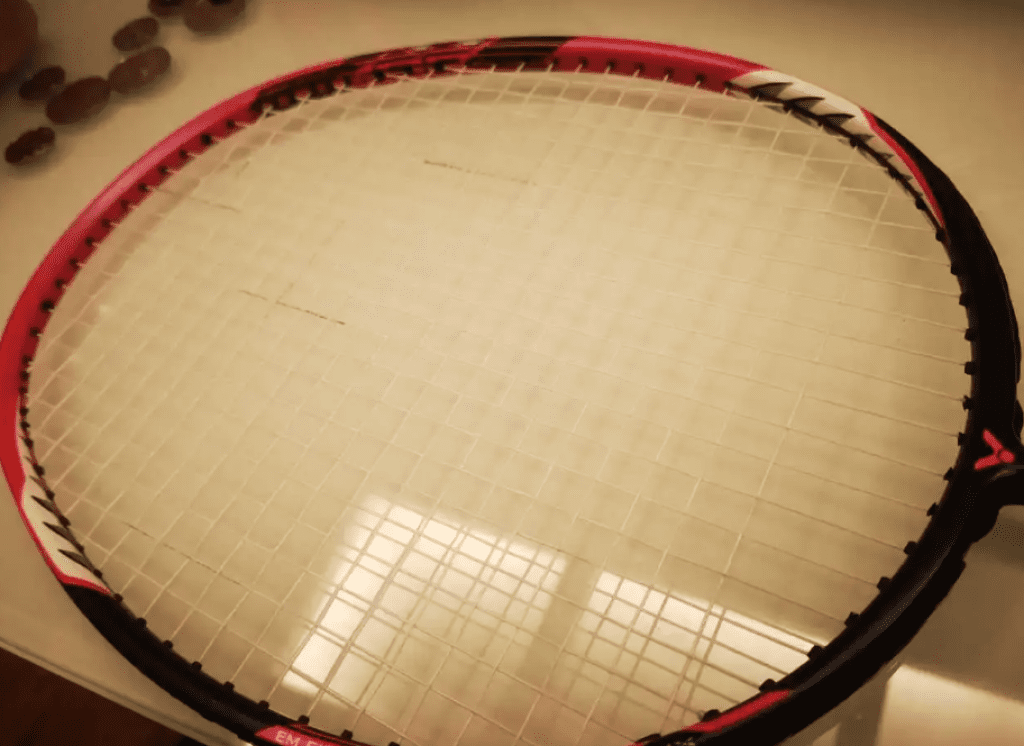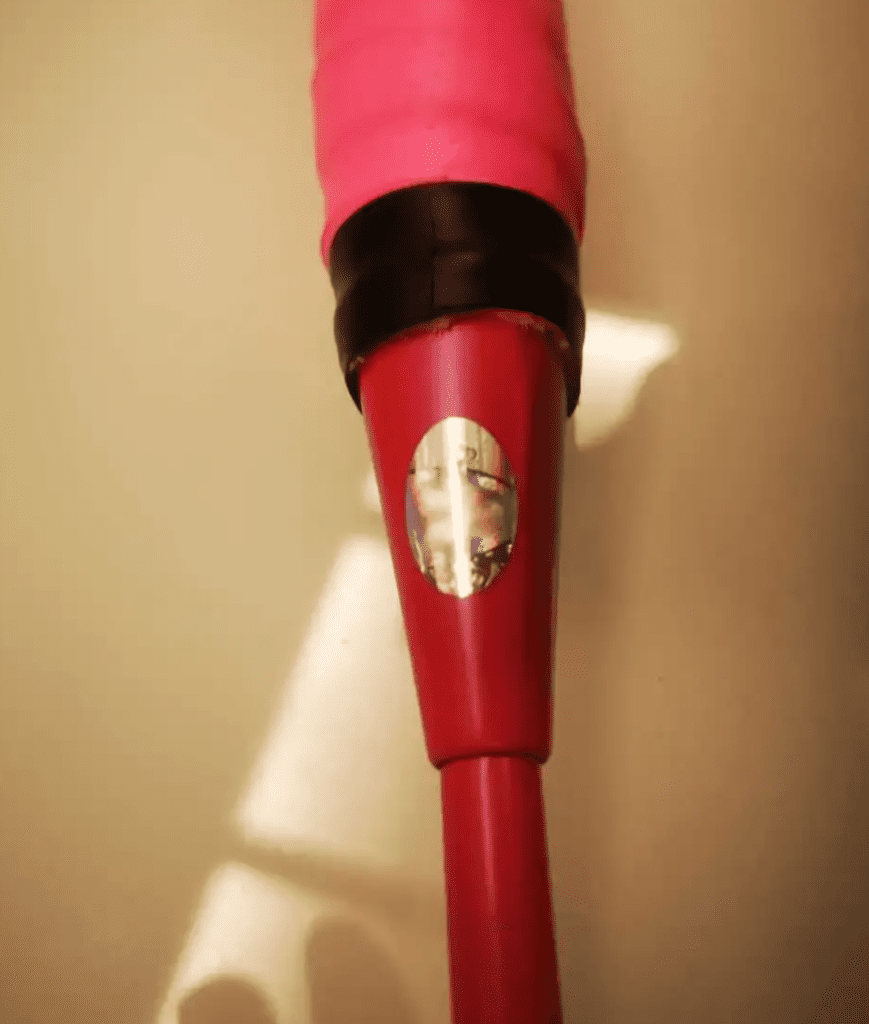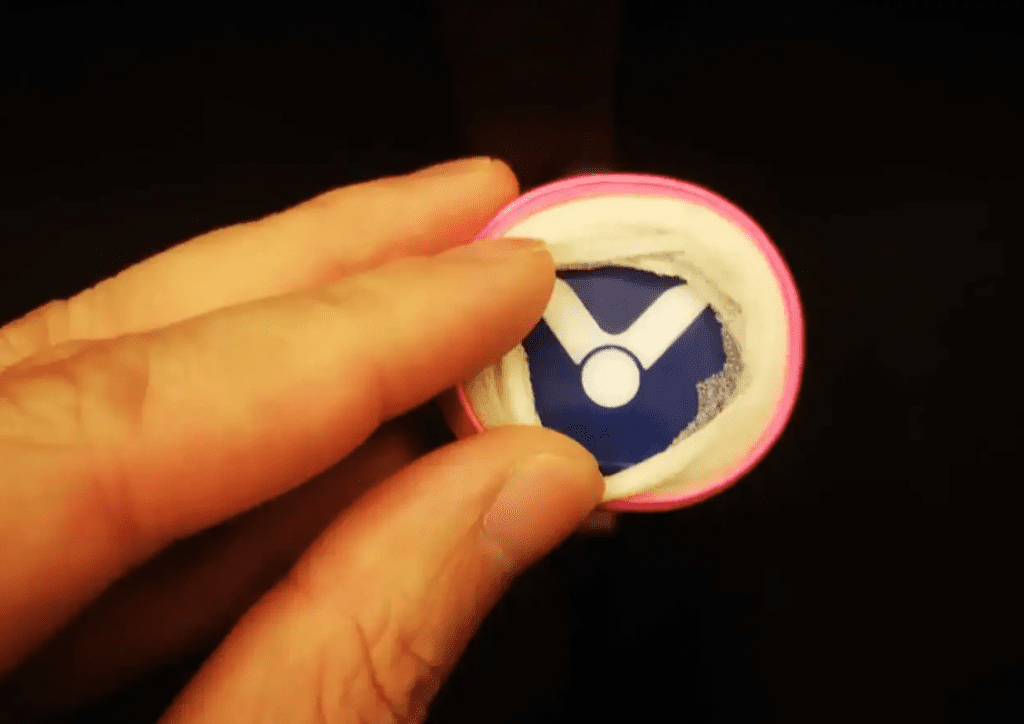Whenever there’s a clearance sale, it always heats up some lesser-known, niche rackets. At lower prices, the trial and error cost of these rackets decreases significantly, which broadens their user base. This allows the characteristics of these rackets to be more thoroughly explored and understood, often reversing their reputation.
HypernanoX 100 — I’ve witnessed this racket being sold at terrifying clearance prices, going for as low as 249 RMB for a bare frame in some stores, despite it being an entry-level high-end racket from one of the big three brands. With 80% of the full tech package advertised, even second-tier or independent brand flagships couldn’t compete.
However, after snatching up a bargain, few people would care to explore why it ended up in clearance in the first place.

Specifications:
3UG5, fully strung weight of 96g, balance point 291mm, 6.8mm shaft (210mm long), stiff tuning (although marked as medium), diamond aero frame, strung at 27 lbs with BG65ti.
The racket looks great, with a cherry red color scheme that even tough guys might tear up over. The various layers of patterns and color blocks create a very distinct visual depth. Although other models in the same series—like the 990 and 900 in red, or the 600 and Sun in navy blue, or even the 800 in black—may stand out visually, none of them appeal to me as much as the 100. In addition to the color, the asymmetrical design of the frame’s pattern is quite detailed, which should be enough to attract many players.
When held in hand, the HX100 should be suitable for both beginner female players and intermediate male players. Unless you severely lack strength, the 3U version is likely the better choice. The balance point isn’t high, so the racket feels light to swing with little burden. The feel is solid enough, and opting for a 4U version might lead to the racket feeling too floaty. With its swing speed and weight, the HX100 seems more suited for doubles play.
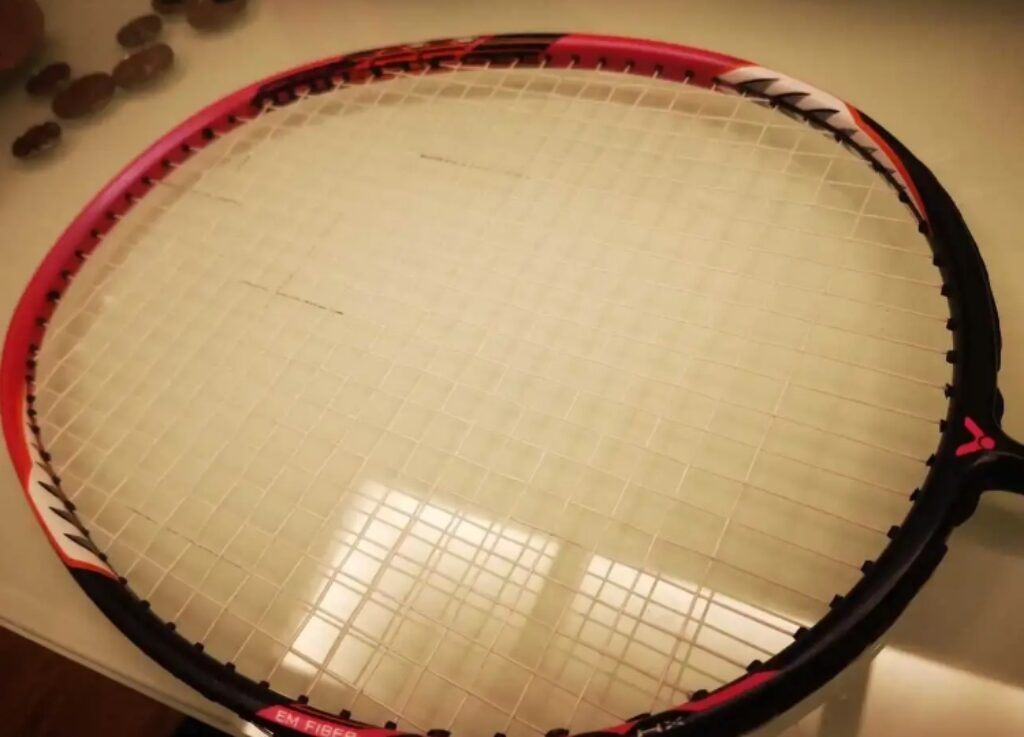
During warm-up rallies, you can feel that the HX100 requires some effort to generate power; it’s not an effortless racket. Besides the high string tension and light head making it harder to utilize, the shaft is a major point of criticism. At first, the racket feels stiff and jarring on impact, with noticeable shaft stiffness that contradicts its advertised medium-flex label. Other feedback from players in my gear library echo this opinion. Based on my experience, this racket needs a break-in period. After owning it for about a month now, I can feel the shaft gradually becoming more manageable, but the overall playing experience still leans stiff. As a high-end model, this 6.8mm shaft doesn’t feature technologies like Flash Shaft or Pyrofil; instead, it just has a modified material formula with nanotubes. Perhaps the experimentation wasn’t enough, as the playing experience doesn’t match the promotional claims, suggesting a mismatch between the technology and performance, leading to a disjointed playing feel.
The HX100 doesn’t communicate feedback consistently with each shot, and this disconnect affects the interaction between player and racket. For instance, during a powerful smash, the racket’s offensive potential is evident, with enough strength to deliver a floor-smashing shot. The balanced weight also makes it easy to generate power, with decent precision. However, compared to other high-end rackets that give a distinct sense of elasticity and rebound after a strong hit, the HX100 lacks a recognizable feel. Regardless of angle or power, the feedback feels the same, which can be likened to clapping hands with someone who doesn’t want to participate.
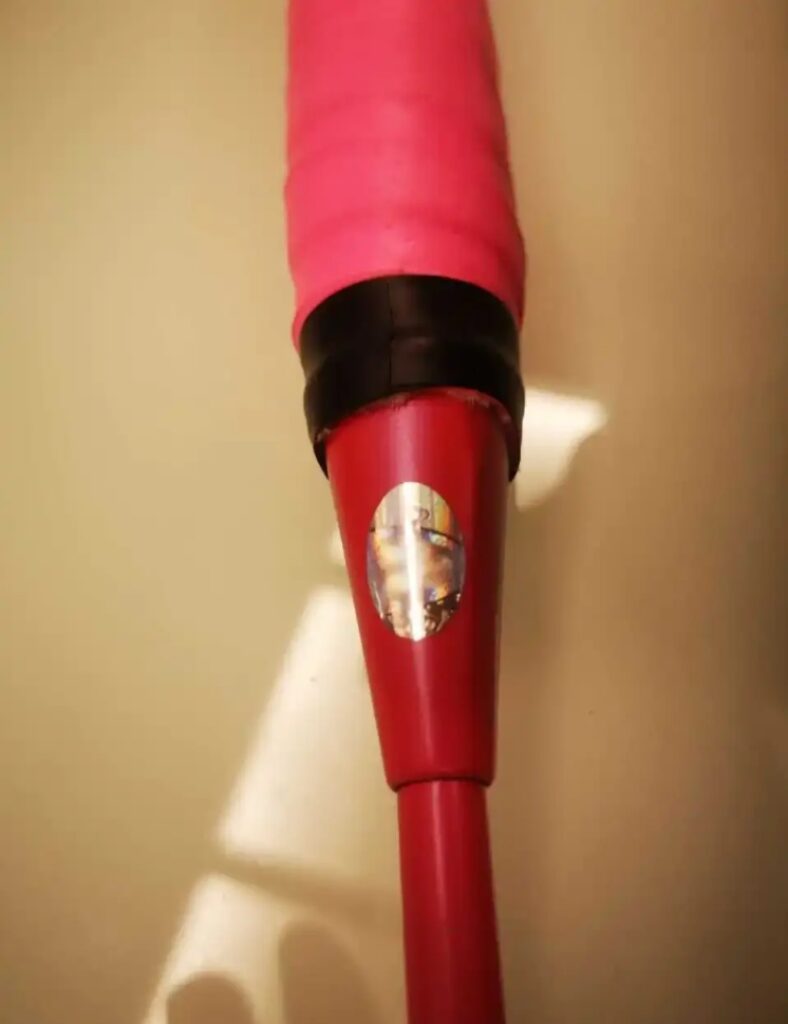
The HX100 performs well for active, power-based shots with crisp shuttle release, but its feedback characteristics make backcourt slice shots and net play unfriendly. Frequent errors in backcourt shots remind you to put in extra effort, and when paired with the BG65ti strings, it’s all too easy to lift the shuttle too high in net play, losing any advantage in net battles. In defense, I frequently encountered puzzling mishits—swinging early before the shuttle arrived or missing shots even when the direction was correct. This is rare and could either point to a torsion issue with the racket or just me being off my game. It’s also harder to lift smashes, which doesn’t correlate with the size of the racket’s string bed or frame.
In summary, after multiple tests, I found that when I’m in good form and able to respond to each shot, especially in favorable conditions, the HX100 can offer a satisfying experience with its solid shuttle release. However, when my form is off and I need more support from the racket, particularly in defense-heavy situations, the HX100 becomes inexplicably uncooperative. The switch between these states can happen within just a few minutes during a game.

For beginners, I wouldn’t recommend this racket. While it has the looks and decent product quality, now that it’s returned to its normal price range, I think other mid-tier rackets from Victory would offer a more controllable experience for most players. At around 300 RMB, the HX100 is still a good deal, but you’ll need to invest some time in breaking it in—and it may not be the most enjoyable process.



